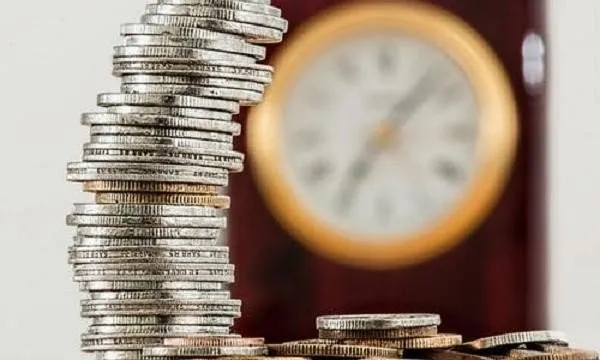
Here’s why Korean investors were attracted to the US property market
Outbound investment to the US rose from 14% in 2019 to 53% in 2020.
Travel restrictions and an inability to perform onsite due diligence weighed on Korean outbound real estate investment for much of 2020, according to CBRE. Full-year transaction volume fell 39% y-o-y to US$6.3 billion, ending three consecutive years of growth.Despite these obstacles, Korean investors retained a strong appetite for overseas acquisitions in 2020, with deal flow picking up gradually in the second half of the year.
Investment in the U.S. rose substantially from 14% in 2019 to 53% in 2020 as the Korean won’s lower hedging costs against the U.S. dollar lured investors to this market. Yield compression in Europe also prompted many Korean buyers to reorient portfolios towards the U.S.
Here’s more from CBRE:
Strong global logistics demand encouraged Korean investors to target this asset class in 2020, with investment more than doubling from US$1.2 billion in 2019 to US$2.4 billion last year. The U.S. attracted 77% of all Korean outbound investment into the logistics sector, while several major deals were also completed in Europe.
As the pandemic continues, CBRE expects Korean outbound investment in 2021 to target core assets such as offices and logistics facilities. Demand for niche sectors such as data centres and residential properties is also expected to grow among investors looking to diversify their portfolios.



















 Advertise
Advertise




